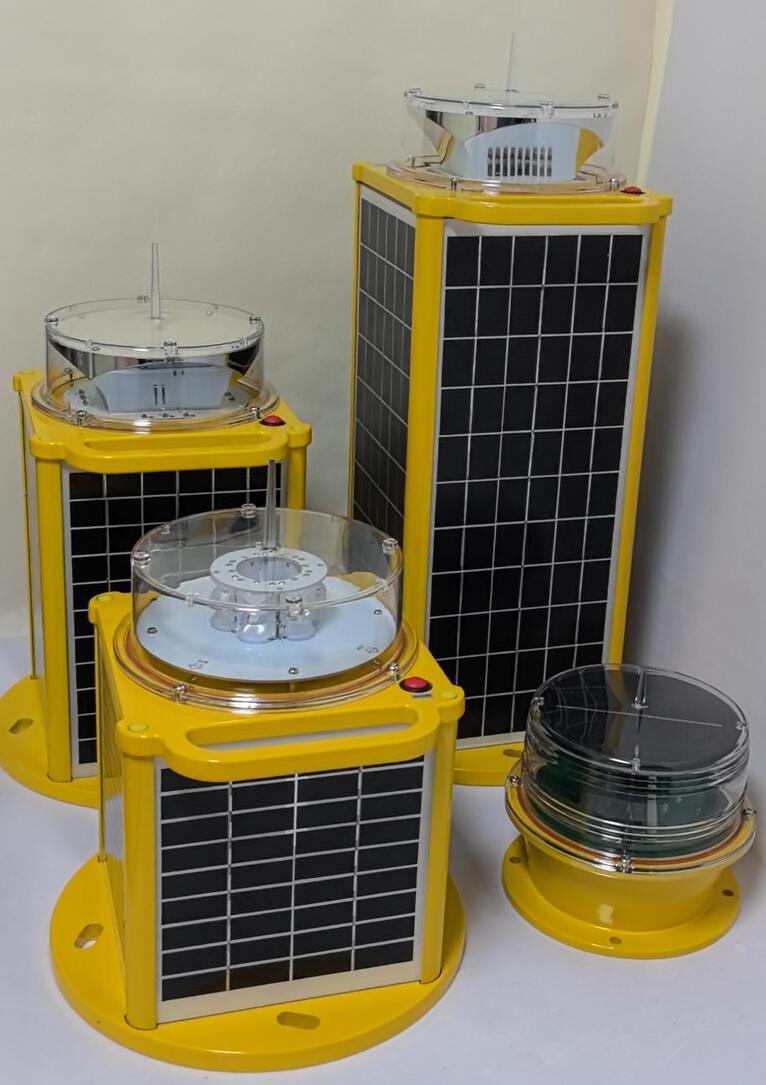Solar Nautical Lantern: Illuminating the Future of Maritime Navigation
As maritime operations evolve toward greater efficiency and sustainability, lighting systems used for navigation must also adapt. One innovation meeting this need is the solar nautical lantern —a compact, energy-efficient, and environmentally conscious solution that’s changing the way vessels, ports, and offshore installations approach visibility and safety.
The demand for resilient, autonomous navigation aids has made the solar nautical lantern a vital component of modern marine infrastructure. From small fishing harbors to vast shipping lanes, these devices are helping reduce dependency on conventional power sources while enhancing safety at sea.

What Is a Solar Nautical Lantern?
A solar nautical lantern is a self-powered lighting device used to mark marine routes, buoys, hazards, docks, and other critical navigational points. These lanterns absorb sunlight during the day through photovoltaic panels and store energy in internal batteries, which then power LED lights during nighttime or low-visibility conditions.
| solar nautical lantern |
Unlike traditional marine lanterns, solar-powered versions operate independently, require minimal maintenance, and are especially valuable in remote or difficult-to-access areas. Their ability to function without external wiring or generators makes them ideal for modern maritime applications.
Core Advantages of Solar Nautical Lanterns
1. Autonomous Operation
Solar nautical lanterns are engineered for continuous, off-grid operation. Once installed, they work without the need for human intervention, charging during the day and illuminating throughout the night—even during cloudy conditions, thanks to improved battery technology.
2. Durability in Harsh Conditions
Built to withstand saltwater corrosion, high winds, extreme temperatures, and prolonged UV exposure, these lanterns are housed in robust materials like marine-grade aluminum and impact-resistant polycarbonate. Sealed to prevent water ingress, many models are rated for long-term deployment in open sea environments.
3. Energy Efficiency
Equipped with high-efficiency solar cells and LEDs, the energy consumption of a solar nautical lantern is minimal. LED lights provide a bright, focused beam that ensures visibility from several nautical miles while consuming very little stored power.
| solar nautical lanterns |
4. Environmental Responsibility
By eliminating the need for diesel generators or wired electrical power, solar nautical lanterns contribute to lower emissions and reduced environmental impact. They support global efforts to decarbonize marine infrastructure and align with green port initiatives worldwide.
Key Features to Consider
When selecting a solar nautical lantern, different features should be evaluated based on application, location, and compliance standards:
Visibility Range: Depending on the navigational requirement, lanterns can provide visibility from 1 to over 10 nautical miles.
Battery Capacity: A high-capacity battery ensures prolonged operation during periods of low sunlight, maintaining continuous illumination.
Flash Patterns: Many models support customizable flash sequences to comply with International Association of Marine Aids to Navigation and Lighthouse Authorities (IALA) standards.
Synchronization Capabilities: In multi-lantern setups, GPS synchronization ensures uniform flashing for visual coordination.
Installation Flexibility: Designs that support both floating and fixed mounting options offer more versatility in deployment.
Common Applications
- Buoy Marking
Floating buoys used to signal channels, hazards, or restricted zones are often equipped with solar nautical lanterns. These lanterns are lightweight and impact-resistant, ensuring they remain functional despite wave action and collisions.
- Coastal and Harbor Navigation
Ports and harbors use these lanterns to mark entry channels, docks, and piers. Red and green sector lights help vessels navigate tight spaces, particularly in poor weather or nighttime conditions.
- Offshore Infrastructure
Solar nautical lanterns play a critical role in marking oil rigs, wind turbines, and other offshore structures. Their ability to operate without maintenance for extended periods is crucial in these remote and hazardous environments.
- Aquaculture and Research Zones
Floating nets, cages, and monitoring stations in aquaculture farms or marine research areas are marked with these lanterns to prevent accidental collisions with passing vessels.
Technology Driving Solar Nautical Lanterns Forward
Advancements in solar and battery technology have significantly enhanced the reliability and intelligence of modern lanterns:
Smart Monitoring Systems: Some lanterns are now equipped with remote diagnostics, allowing operators to check battery status, performance data, and potential faults without physical inspection.
Adaptive Lighting: Sensors can adjust brightness according to ambient conditions, conserving energy and extending operational duration.
Compact, High-Efficiency Panels: Solar panels have become more efficient and compact, allowing for smaller, lighter lantern designs with longer battery life.
These innovations reduce operational costs and increase confidence in the lantern’s ability to perform year-round, even in challenging climates.
Compliance and Safety
Maritime safety authorities across the globe require compliance with specific standards to ensure visibility and uniformity in navigation aids. Solar nautical lanterns are often designed to meet or exceed guidelines set by organizations such as IALA, IMO, and various national coast guards.
Installation teams must consider location-specific rules for light color, intensity, flash pattern, and height to ensure proper integration into existing navigational systems. Using certified lanterns ensures reliability and regulatory compliance.
The Shift Toward Sustainable Navigation
As global shipping increases and climate goals become more urgent, the marine sector is under pressure to modernize infrastructure responsibly. Solar nautical lanterns are a prime example of how technology can bridge the gap between performance and environmental stewardship.
These lanterns not only reduce the need for fossil-fuel-based lighting systems but also offer operational advantages like minimal maintenance and low lifecycle cost. Their growing use is a signal of broader change—toward smarter, greener, and more resilient maritime navigation.
The solar nautical lantern is far more than a simple beacon—it is a technological solution born from the need for safety, sustainability, and innovation in marine environments. With their proven reliability and eco-friendly operation, these lanterns are becoming indispensable tools for a wide range of maritime applications.
Whether marking a lone buoy in a quiet river or illuminating the perimeter of a busy offshore platform, solar nautical lanterns continue to guide vessels safely and efficiently through the complexities of modern waterways. In choosing this technology, maritime operators are not just lighting the way—they’re embracing the future of navigation.
